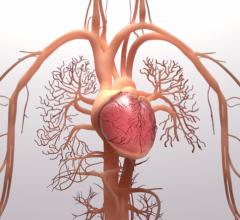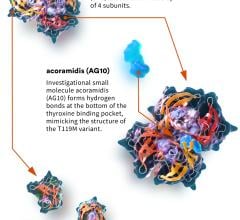A new study published in the Oct. 30 edition of “Circulation” calls the onset of peripheral arterial disease (PAD) among dialysis patients “catastrophic.” Millions of people around the world who suffer from end-stage kidney disease endure numerous complicated lifestyle changes once they begin dialysis, the diagnosis of PAD not only adds to their deteriorated quality of life but, increases their overall risk of dying by 36 percent,” the study’s authors said.
Led by Dr. Sanjay Rajagopalan, a cardiologist at the Ohio State University Medical Center, the study examined the health records of nearly 30,000 dialysis patients enrolled from 1996 to 2004 in the Dialysis Outcomes and Practice Patterns Study (DOPPS) in North America, Europe, Japan and Australia.
Peripheral arterial disease occurs when cholesterol or plaque builds up in the arteries outside the heart – typically in the legs or pelvis – limiting normal blood flow and increasing the risk of heart attack or stroke. It’s estimated that about three percent of the American population under the ago of 60 has some degree of PAD but may be unaware of it. More than 20 percent of individuals above age 70 suffer from some form of the disease.
“What the data is telling us is that peripheral artery disease is very, very serious – just as serious as having had a heart attack or a stroke,” said Dr. Rajagopalan. “It is not a pretty picture.”
The study found that dialysis patients with PAD, when compared to those patients without the disease, were generally about twice as likely to be suffering from a number of other conditions that increased their risk of death, including coronary artery disease, congestive heart failure, cerebrovascular disease or diabetes.


 July 10, 2024
July 10, 2024 








